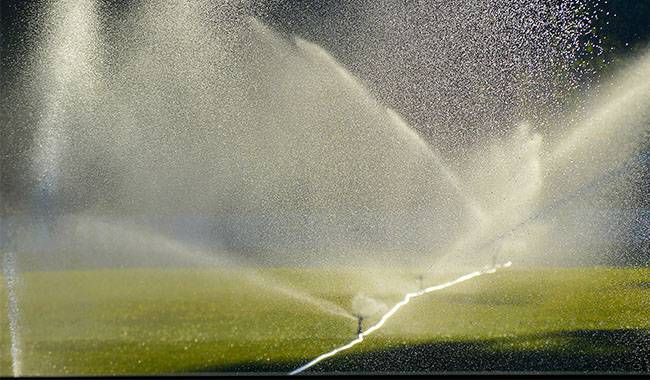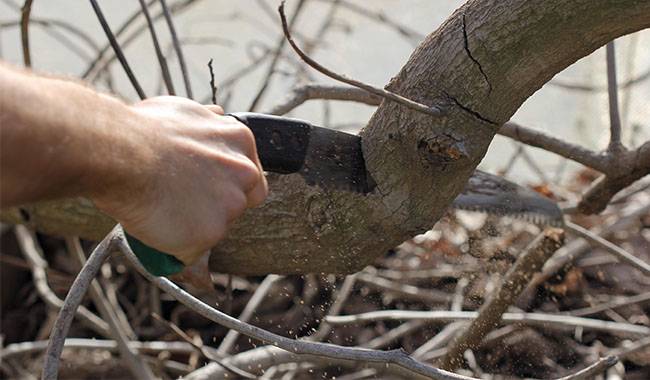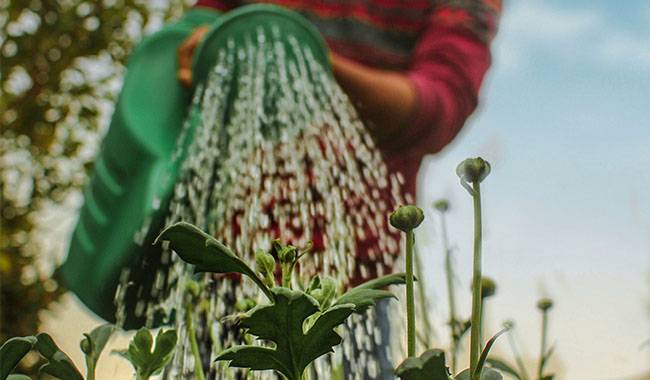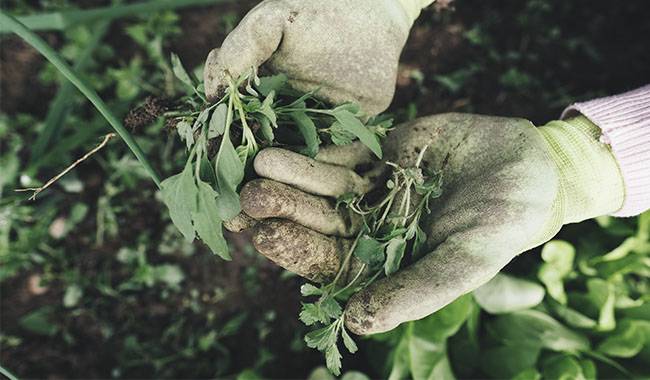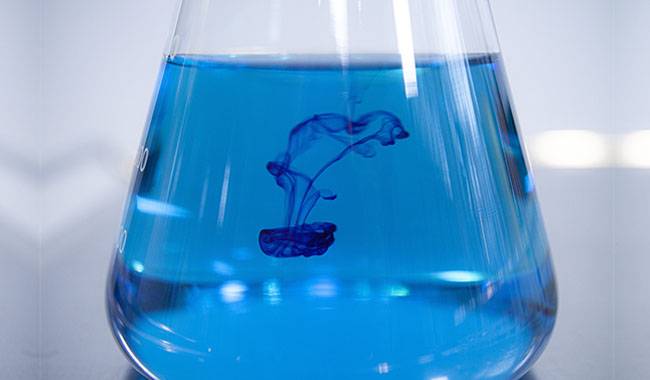
Among the chemicals used in every household, the Copper II Sulfate marketed is usually about 98% Pure Copper II Sulfate, which may contain traces of water.
This substance is toxic to humans, but it is widely used in different areas of industry and agriculture, where copper sulfate is produced by treating copper metal or its oxides with thermally concentrated sulfuric acid or dilute sulfuric acid.
BRIEF DESCRIPTION OF COPPER II SULFATE
Copper II Sulfate (copper sulfate)-CuSO4(H2O)x has several names in mineral nomenclature: chlorite, clinoptilolite, and white.
Older names for this compound include blue vitriol, bluestone, the vitriol of copper, and Roman vitriol. it is characterized as non-combustible, flammable, and explosive. It has high hygroscopicity. It is readily soluble in water, alcohol, and hydrochloric acid.
It attaches 5 water molecules in a humid environment and becomes Copper II Sulfate (CuSO4-5H2O), a crystalline hydrate of Copper II Sulfate. It consists of bright blue crystals and is readily soluble in water. In a dry environment, the crystalline hydrate loses moisture and becomes a white or white-gray powder.
A common (trivial) name for some sulfate metal salts (copper, iron, zinc, etc.). In systematic nomenclature, trivial names for such compounds are considered more convenient and reasonable and are accepted worldwide.
FIELDS OF USE FOR COPPER II SULFATE
Today, Copper II Sulfate is used in all areas of human activity, including its own economy:
- As a fertilizer.
- As a source of trace elements in the fertilization of horticultural crops.
- As a pesticide for the control of plant pests and diseases
- As a preservative to protect homes and dwellings from decay and mold.
Copper II Sulfate has an impressive list of uses in one area, but the substance is used on a much larger scale in the chemical and construction industries.
- As a starting material for inorganic synthetic processes (e.g. acetate)
- As an electrolyte for copper plating in electroplating technology
- As pigments for leather dressings
- As a pigment in dyeing processes.
- In flotation.
6.Used in wood preservative treatment, etc.
COPPER II SULFATE IS ALSO USED IN THE FOOD INDUSTRY
- As a food additive, 263. cupric sulfate (WHO Food Additives Series 5).
- Copper II Sulfate is used as a preservative due to its toxic properties.
- In the production of some products, it is used as a color fixative, etc.
In non-traditional medicine, it is known to be a vomiting agent. However, we want to warn you against folk and unconventional means of treating copper-containing compounds. Copper is the most powerful poison of all!
HOW COPPER II SULFATE WORKS
Copper II Sulfate has a dual-action when acting on plants.
- Microfertilization of the plant and therapeutic agent in the medicinal solution
a. Copper is part of the enzymes responsible for redox processes in plant organs
b. It is involved in the metabolism of nitrogen and carbohydrates, which increases the resistance of plants to the negative effects of fungal and bacterial infections.
c. Copper consumption in plant organs increases the content of sugars in root crops, berries, and fruits, as well as proteins and fats in oil crops and starch in potatoes, i.e. it has a positive effect on the quality of fruits and increases the yield of the grown crops. - Chemical agents with contact-damaging effect
a. Copper ions destroy the protective shell of spores and the fungus itself.
b. Interacts with enzyme complexes of disease-causing cells; causes irreversible changes in cellular protoplasm, leading to death by mold and rot, bacteria, and other diseases.
c. The drug is effective against biting and sucking pests.
It is toxic when used over large areas; spot spraying on small garden plots and home plots is recommended due to its toxicity.
PERIOD OF APPLICATION OF COPPER II SULFATE
Copper II Sulfate is a solution that is too acidic and has a burning effect. Therefore, it is used to treat garden crops and berries:
- Before the flower buds open, in order to protect them from chemical burns.
- Dissolved Copper II Sulfate applied to the bark does not harm the plant and is practically not washed away by rain.
- After the leaves have completely fallen off.
Spraying Copper II Sulfate on undecayed fall leaves promotes the leaching of excess copper into the soil. It accumulates in the soil and enters the plant. In increased quantities, it disrupts the metabolic processes of the plant during vegetation, causing leaves and wilting.
Some gardeners and horticulturists use a weak solution of Copper II Sulfate (1-1.5% solution) to treat asexual plants during the active action of pests (multiplication of epiphytes and mass emergence of larvae). The spray is for single use. Spraying is carried out at least 10-20 days before harvest.
Do not use blue spray during the vegetative phase of vegetable crops, use Bordeaux mixture instead.
RULES FOR PLANT TREATMENT WITH COPPER II SULFATE SOLUTION
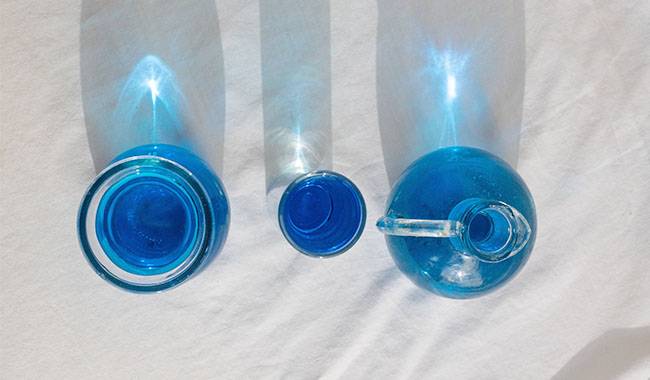
When treating plants with Copper II Sulfate, the solution must be prepared strictly in accordance with the recommended dosage of the drug (solutions prepared by “eye” can burn plants).
For plant treatments in early spring, use a 1% solution of Copper II Sulfate for young shrubs and trees and 3% for older trees with thick bark. When treating crops, it is important to observe the amount of solution consumed per plant.
Early spring treatments of Copper II Sulfate are made in the first decade of March (before budding), within 41-43°F (5-6°C) average daily temperatures. Treatments are repeated in the fall, but it is necessary to change the formulation to avoid copper accumulation in the soil.
Soil is disinfected with a 3-5% solution of Copper II Sulfate, distributed on the surface with a sprayer, and subsequently embedded in the soil. The treatment is carried out once in 3-5 years and must include humus or compost.
Before treating trees and berries, all sanitary preparations are carried out: removal of old bark as well as branches, pests, and diseases, dead growth in the canopy and bushes. The cuts and wounds are treated with a disinfectant solution, dried and painted or sealed with garden varnish.
Copper II Sulfate is incompatible with other preparations when preparing tank mixtures.
The efficiency of Copper II Sulfate solution increases with the fine dispersion treatment of plants.
Wear protective clothing when handling plants or soil sprays, and you must change into protective clothing after work and shower or wash your face and hands with soap.
PREPARATION OF COPPER II SULFATE SOLUTION
Glass or plastic tubs are used to prepare Copper II Sulfate solution. It is easiest to prepare the solution with 10 liters of water. The solution is used on the day it is prepared. Do not mix with other preparations, except lime.
Pour the weighed drug into the container and pour 1 liter of hot water while stirring – the water temperature should not exceed 113-122°F (45-50°C). In cold and warm water, the alum slowly dissolves. The solution becomes cloudy.
Stir until the sulfuric acid crystals are completely dissolved. Add 9 liters of hot water to 1 liter of the prepared concentrate. Let the working Copper II Sulfate solution cool down, stir well again, filter out the undissolved impurities and start the plant treatment (Table 1).
Do not prepare Copper II Sulfate solution on a gas or electric stove!
Table 1. Weight ratios of Copper II Sulfate per 10 liters of water
| Concentration of solution, %. | Quantity of Copper II Sulfate, g/10 liters of water |
| 0,5 | 50 |
| 1,0 | 100 |
| 2,0 | 200 |
| 3,0 | 300 |
| 5,0 | 500 |
COPPER II SULFATE SOLUTION CONSUMPTION FOR HORTICULTURAL CROP TREATMENTS
When treating fruit and berry crops, it is very important not to “flood” the plants with Copper II Sulfate solution, but to sprinkle it, and the finer the drops, the more effective the treatment will be. Large drops of the solution running down from the plants will only aggravate the condition of the soil, but will not correct the situation.
Based on long-term observations of gardeners, the average amount of Copper II Sulfate solution optimally consumed per tree was obtained. Depending on the age of the crop, the following data were obtained:
- For young trees up to 3 years old, the maximum amount of Copper II Sulfate solution consumed was 2 liters.
- At the age of 3-4 years when the tree starts to branch actively, the consumption increases to 3 liters per tree.
- For a 4-6 years old tree with a formed crown, the consumption of solution is 4 liters.
- A mature fruit tree is treated with 6 liters of copper alum solution.
- For the treatment of fruit and berry shrubs, the solution consumption is up to 1.5 liters per shrub.
- For soil disinfection, use 2 liters per square meter of area, regardless of the solution concentration.
In greenhouses or seedbeds, the soil is disinfected with a 0.5-1.0% concentration of Copper II Sulfate solution, and for open soil in gardens, 3-5% solution is used.
Copper II Sulfate sprays (blue sprays) were applied to the entire canopy and trunk of the tree. In autumn, the spray is repeated, but Copper II Sulfate is replaced with other preparations to avoid the accumulation of copper in the soil root layer.
PROTECTION OF HORTICULTURAL CROPS FROM PESTS AND DISEASES
Early spring and late fall sprays of Copper II Sulfate can eliminate up to 60-70% of larvae, adult pests, mycelium, and spores of fungi, and other diseases that are overwintering residues. The treatment promotes copper flow to plant organs and eliminates chlorosis.
Copper II Sulfate sprayed in orchards and berry rooms is effective in controlling scab, spot, moniliasis, coccidiosis, phylloxera, chlorosis, epizootics, rust, rot, leaf curl, gray mold, powdery mildew, and other diseases.
When planting seedlings, to disinfect the root system against fungal and bacterial infections, soak the roots in a 1% solution of Copper II Sulfate for 3-5 minutes. Longer disinfection may burn the young roots.
You can purchase Copper II Sulfate at specialty stores and some retail outlets.
Please note! On the packaging of Copper II Sulfate, there is a rather detailed recommendation on the dissolution, use, and purpose of treatment of plants. The use of the drug should be carried out strictly in accordance with these recommendations.




